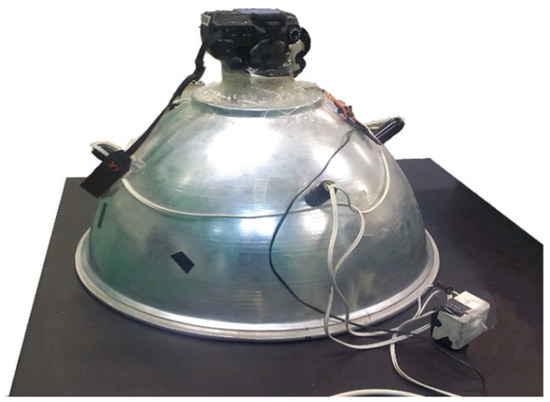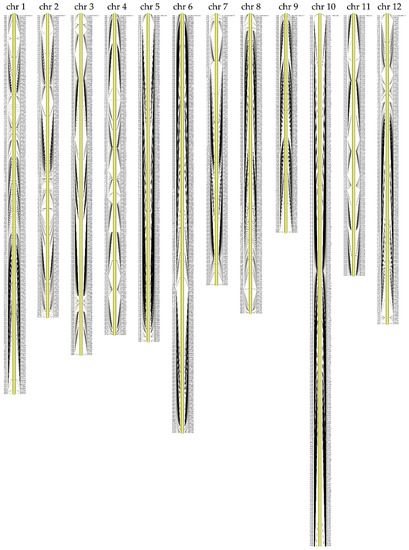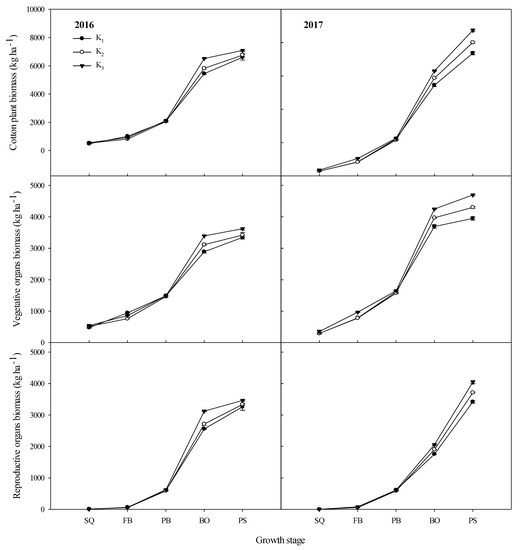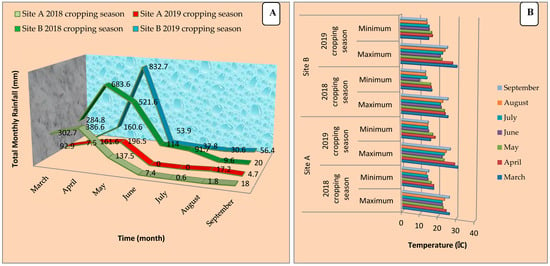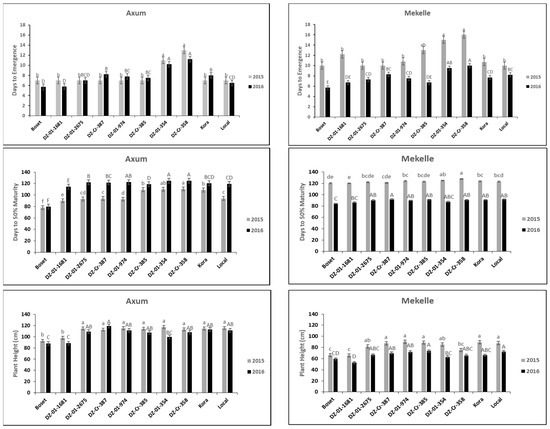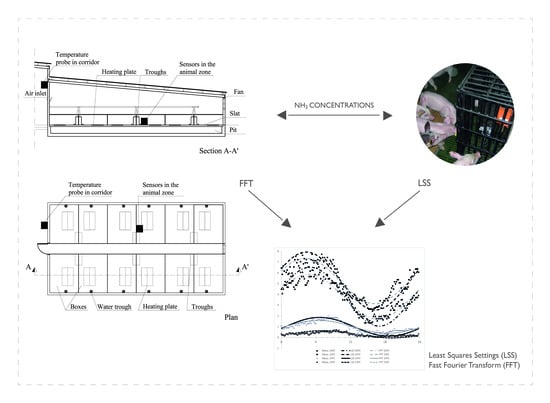Agronomy 2020, 10(1), 121; https://doi.org/10.3390/agronomy10010121 - 14 Jan 2020
Cited by 37 | Viewed by 4864
Abstract
The present study addresses the effects of Trichoderma-based biostimulants and nitrogen (N) fertilization levels on agronomic performance and functional quality of two important greenhouse leafy vegetables: lettuce and rocket. A factorial analysis of the relative effects of Trichoderma-based biostimulants (Trichoderma
[...] Read more.
The present study addresses the effects of Trichoderma-based biostimulants and nitrogen (N) fertilization levels on agronomic performance and functional quality of two important greenhouse leafy vegetables: lettuce and rocket. A factorial analysis of the relative effects of Trichoderma-based biostimulants (Trichoderma harzianum strain T22 and Trichoderma virens strain GV41) and N fertilization levels (sub-optimal, optimal, and supra-optimal) was carried out to evaluate crop productive behavior (marketable and unmarketable yields, leaf dry matter content, and biomass production), nitrogen nutrition (N uptake, apparent N recovery, and nitrogen use efficiency (NUE)) as well as phytochemical qualitative components (antioxidant activity and total polyphenols). The soil plant analysis development (SPAD) index in both leafy vegetables and leaf colorimetry only in rocket were mainly affected by N fertilization levels but not by Trichoderma-based biostimulants. The contribution of native mineral N was 60 and 100 kg N ha−1 of the total uptake in lettuce and rocket, respectively, and N surpluses were observed in both crops, even under optimal fertilization conditions. Trichoderma virens GV41-based biostimulant increased lettuce marketable yield and biomass production, both under optimal and sub-optimal fertilization. In addition, the same treatment increased NUE up to 116% under recommended N fertilization, that was also associated to an increase in phenol content and antioxidant activity. Rocket showed a clear effect of the Trichoderma virens GV41 treatment, only in absence of fertilization, demonstrating an increase in marketable yield and N uptake. Thus, the inoculation of rocket with this Trichoderma biostimulant can be considered as a useful management tool in leafy vegetable cropping systems for the efficient use of residual fertilizers from previous crops, enhancing NUE within the crop rotations. Nevertheless, the application of microbial biostimulant treatments requires good monitoring of soil N fertility in order to avoid an overexploitation of soil N supplying potential.
Full article
(This article belongs to the Special Issue Nitrogen Fertilization in Vegetable Crops)
►
Show Figures


